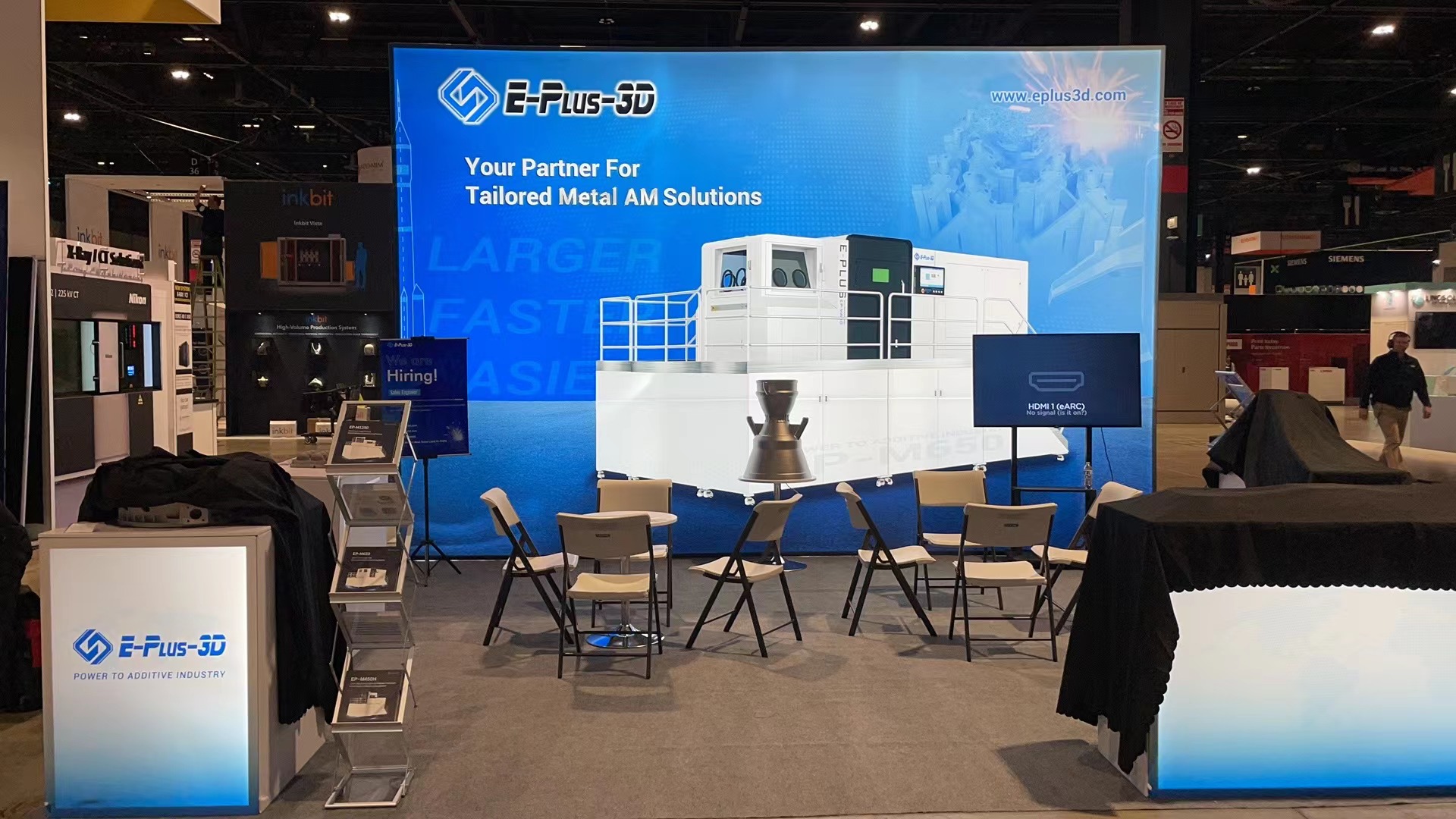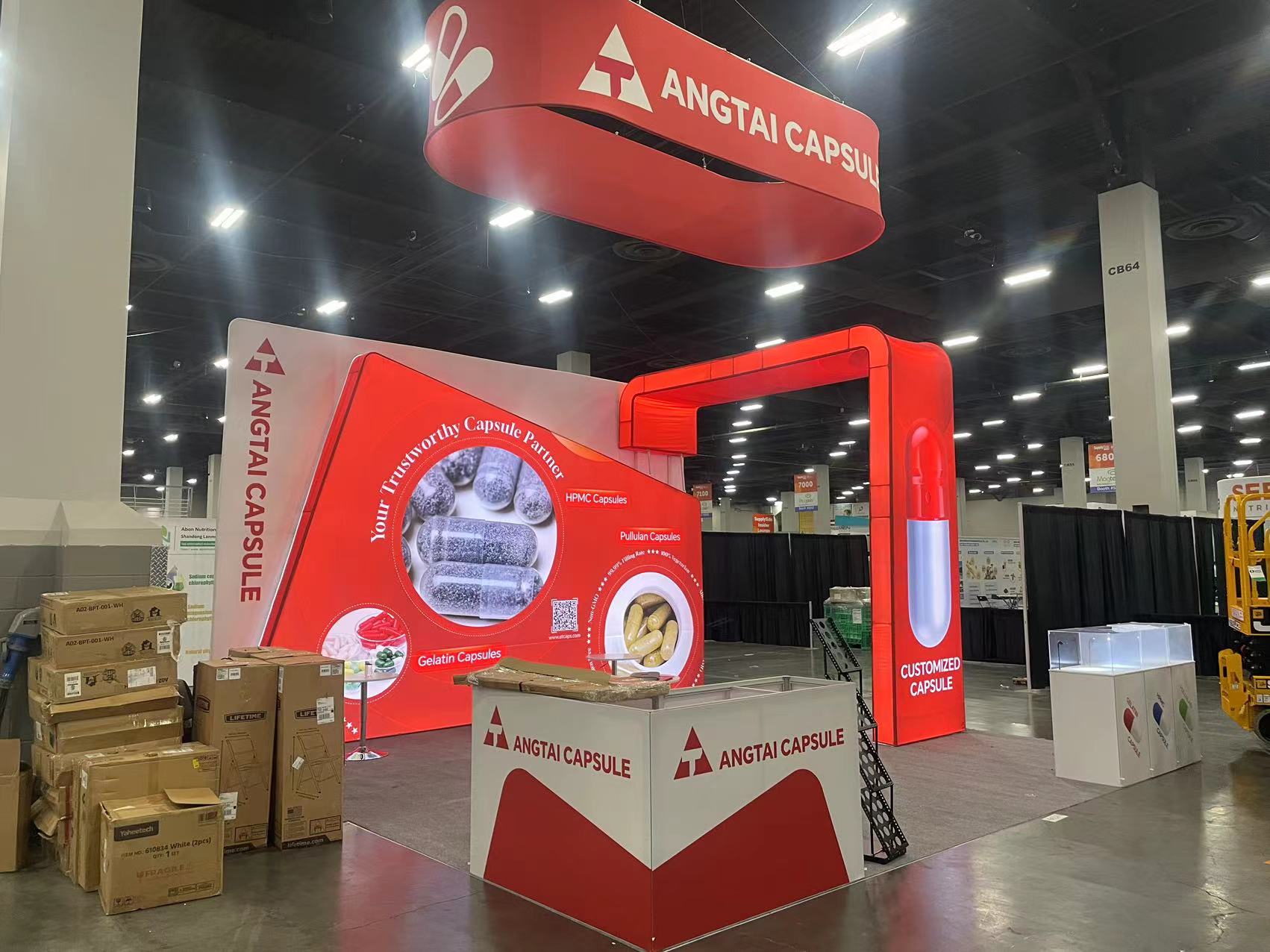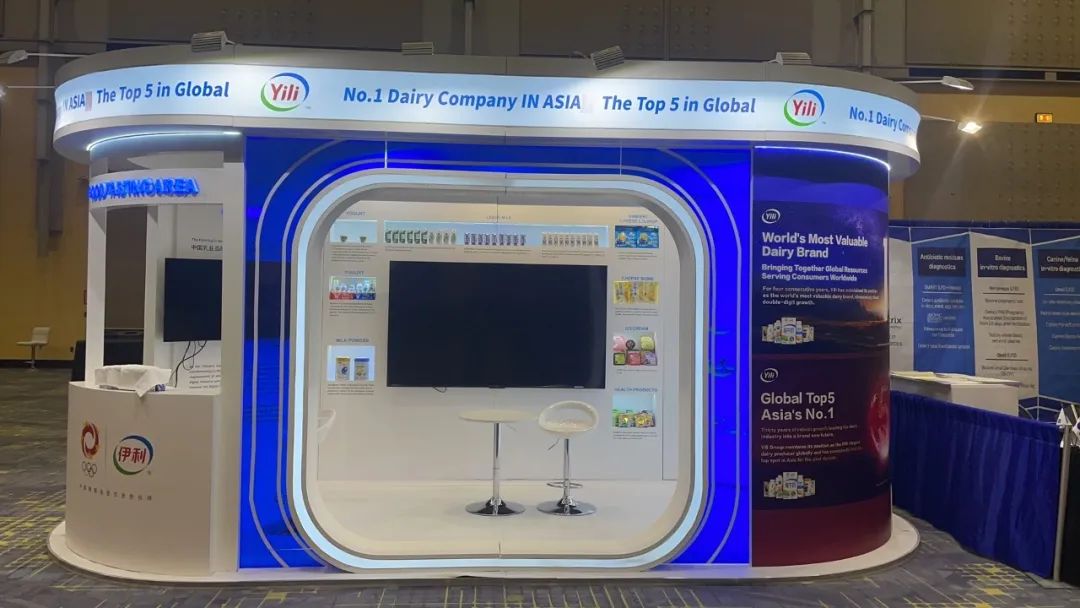Italian Exhibition Booth Construction: Balancing Sustainability and Durability
In the competitive world of exhibition design, Italy has long been a pioneer in merging aesthetics with innovation. Today, the challenge lies in creating booths that are both eco-friendly and durable—a balance that requires strategic material choices and forward-thinking design. Here’s how Italian craftsmanship achieves this dual goal, offering insights for global exhibitors.

1. Eco-Conscious Material Selection
Italian designers prioritize materials with minimal environmental impact. For instance, recycled aluminum and reclaimed wood are widely used for structural frameworks and decorative elements. These materials reduce waste while maintaining high strength and longevity. Another standout is biodegradable PLA (polylactic acid), derived from renewable resources like corn starch, which replaces traditional plastics in temporary fixtures. Additionally, low-VOC paints and plant-based coatings minimize harmful emissions without compromising visual appeal.
2. Modular Design for Reusability
Modular systems are a hallmark of Italian sustainability. Brands like FCRI Group leverage interchangeable components made from durable materials like carbon fiber and composite panels. These systems allow booths to be dismantled, reconfigured, and reused across multiple events, reducing both costs and material waste. For example, aluminum alloy frames paired with recyclable plastic panels ensure structural integrity while enabling easy assembly and storage.
3. Energy-Efficient Technologies
To cut energy consumption, Italian booths integrate LED lighting and solar-powered systems. LED lights consume 80% less energy than conventional bulbs and have a longer lifespan, making them ideal for illuminating large spaces like the TECNA 2024 exhibition. Solar panels, often embedded in outdoor booths, provide renewable energy for digital displays and interactive installations—seen in events like the World Design Cities Conference (WDCC) in Shanghai.
4. Local Sourcing and Certification
Reducing transportation emissions is key. Italian builders increasingly source materials locally, such as Tuscan marble or Venetian terrazzo, which support regional industries and lower carbon footprints. Many also pursue certifications like LEED or WELL to validate their eco-friendly practices, enhancing credibility and aligning with global sustainability standards.
5. Case Studies: Innovation in Action
At TECNA 2024, FCRI Group showcased silicon carbide beams and alumina grinding balls—materials renowned for their durability and energy-saving properties. Similarly, the Salone del Mobile.Milano event in Shanghai highlighted modular foam installations made from recycled polyurethane, proving that sustainability can coexist with avant-garde design.
Italy’s approach to exhibition booths demonstrates that eco-friendly materials and durable construction are not mutually exclusive. By embracing modularity, renewable energy, and certified materials, brands can create visually stunning yet responsible displays. As global demand for sustainable design grows, Italy’s innovations offer a blueprint for harmonizing environmental stewardship with commercial success.




